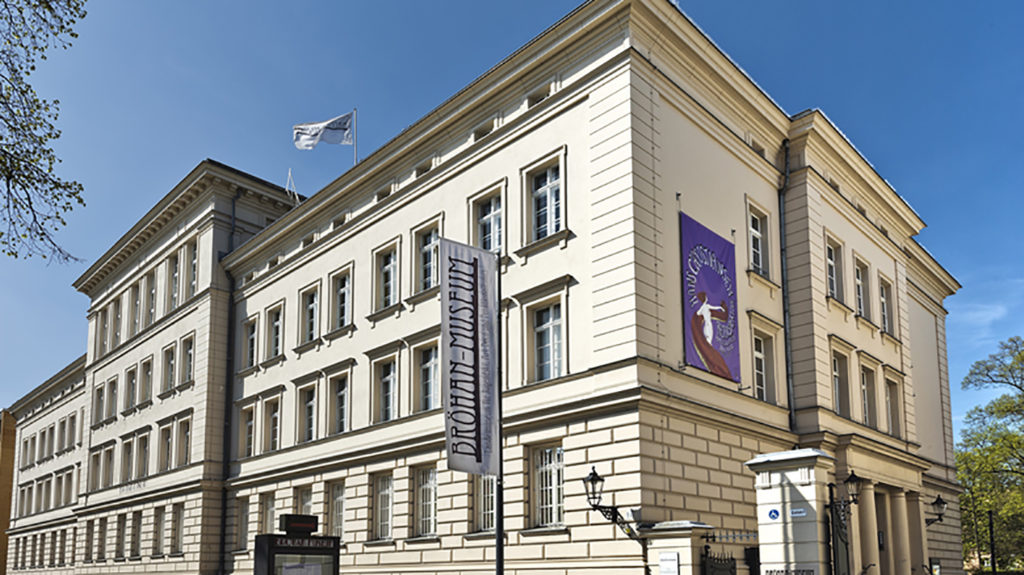The Museum

+++CURRENT NEWS+++ DECLARATION OF SOLIDARITY WITH THE DESCENDANTS OF CHANA ORLOFF
Two important works by the French-Ukrainian sculptor Chana Orloff (1888-1968) are part of the Bröhan-Museum’s collection. Chana Orloff had to flee twice in her life: in 1905 from Tsarist Russia before the Jewish pogroms and in 1942 from Paris before the Nazi occupation (who looted her studio in 1943). In spring 2023, Orloff’s grandson and her granddaughter with her spouse visited the Bröhan-Museum to view the two original portrait busts of their grandmother and to exchange ideas with the Bröhan-Museum.
On October 7, 2023, two members of Chana Orloff’s granddaughter’s family, who lived in Kibbutz Be’eri in southern Israel, were killed by Hamas and eight other family members were kidnapped as hostages, including three children. We express our deepest sympathy and solidarity with the family.
Highlights of the collection can be explored online at Google Arts & Culture.
Bröhan-Museum, Berlin’s museum for art nouveau, art deco, and functionalism, is named after its founder, Karl H. Bröhan (July 6, 1921–Jan. 2, 2000). A passionate collector and great connoisseur of art nouveau, art deco, and the art of the Berlin Secession, Karl H. Bröhan opened a private museum in a Dahlem residence in 1973. On his 60th birthday, Bröhan donated his collection to the city of Berlin. In 1983, Bröhan-Museum opened at its current location, which belongs to the ensemble of Charlottenburg Castle and was originally erected for castle guards. Bröhan-Museum has been an official city museum since 1994.
Our foremost task at the museum is maintaining and presenting the collection of Karl H. Bröhan. Bröhan-Museum has a unique collection of art nouveau, art deco, and the art of the Berlin Secession. As a museum for art nouveau and art and design from the first half of the twentieth century with ca. 1000 square meters of exhibition space, we are able to present the collection in a permanent exhibition that changes at a two year rhythm.
At the same time, we seek to explore the contemporary relevance of the issues that shaped the history of art and design during the twentieth century.In special exhibitions, we explore various subjects of art nouveau, art deco, and the Berlin Secession, and questions of art and design through the present. Art nouveau, art deco, and the Berlin Secession are our main areas of competence, are complemented by issues of art, applied art, and design from 1950 through today in our special exhibitions.
